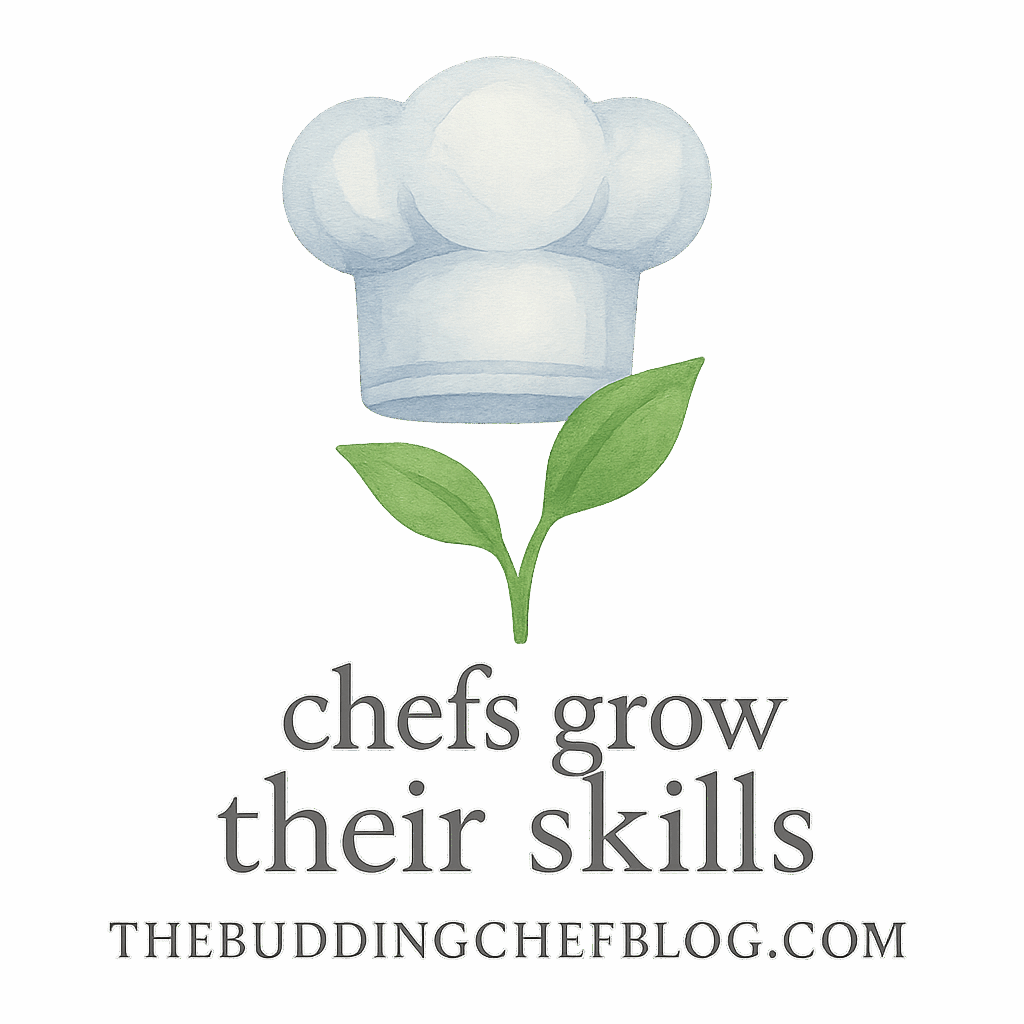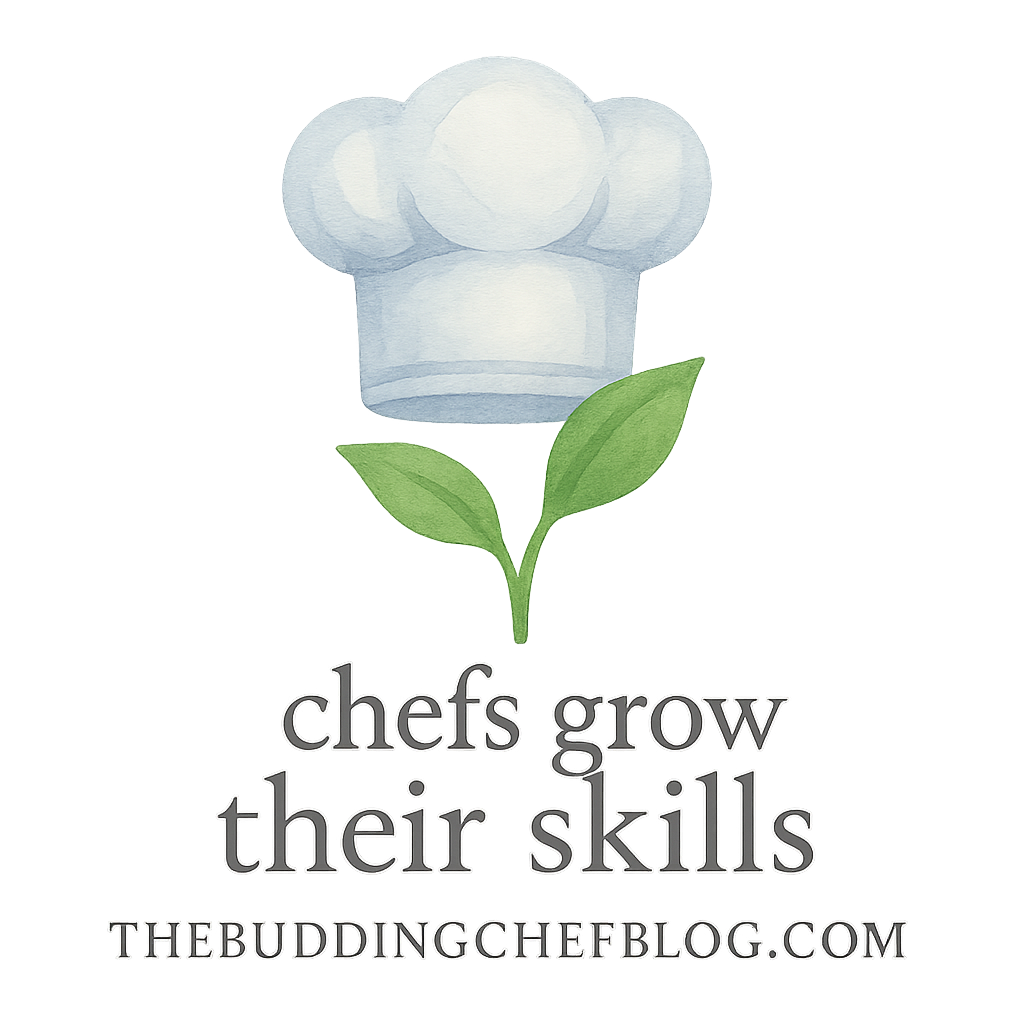Starting your culinary journey? One of the first questions you’ll ask is: “Should I use fresh or frozen ingredients?” Well, let’s clear the air. Whether you’re sautéing spinach or whipping up a smoothie, knowing when to use what makes all the difference. So, let’s dive into five powerful fresh vs frozen ingredients tips for beginner chefs that’ll sharpen your skills and help you cook smarter—not harder.
Why Ingredient Choice Matters for New Cooks
Your ingredients are your building blocks. Think of them like paint for a painter. Whether you’re following a basic recipe or experimenting with flavors, understanding your options helps you feel confident—not confused.
This is especially true for beginner chefs learning their way around the kitchen. Whether you’re cooking for yourself, your friends, or prepping meals on a budget, choosing between fresh and frozen can shape the final result. And yes, there are real pros and cons to each!
Want to level up fast? Check out our resources on ingredient knowledge and basic cooking techniques to build a solid foundation.
Understanding the Basics: Fresh vs Frozen
What “Fresh” Really Means
Fresh means the ingredient hasn’t been processed or preserved. That tomato in your hand? It was probably picked within a few days. Fresh ingredients usually offer better flavor, appearance, and texture—if you use them in time.
But be careful—“fresh” also means more perishable. Timing is key, especially if you’re shopping on a budget.
Defining “Frozen” the Right Way
Frozen doesn’t mean lower quality. In fact, most frozen veggies are picked at peak ripeness and flash-frozen to lock in nutrients. That means your bag of frozen spinach? It could be just as nutritious as the fresh bunch—sometimes even more!
Learn more about cooking skills to make the most of both.
Tip #1: Choose Fresh When Texture Counts
Examples Where Fresh Shines
If you’re making a salad, salsa, or anything that’s not getting cooked, fresh is the way to go. Think cucumbers, bell peppers, or herbs—those don’t bounce back well after freezing.
When Texture Changes Everything
Frozen strawberries in a smoothie? Perfect. In a fruit salad? Not so much. Frozen items tend to lose their crunch or firmness, which can totally throw off your dish.
Check out more practice-based tips to develop your own instincts.
Tip #2: Frozen Can Save You Time & Money
Budget-Friendly Meal Planning
Frozen ingredients are your best friend when you’re just starting out. They’re usually cheaper, and you can buy them in bulk. Hello, savings! This is great for beginner chefs working with limited cash and fridge space.
Our tag pages like #affordable and #beginner are packed with more wallet-friendly wisdom.
Freezing Can Reduce Waste
Hate throwing away wilted veggies? We get it. Buying frozen reduces spoilage and lets you use what you need, when you need it.
Learn smart meal planning strategies to stretch your ingredients further.
Tip #3: Nutritional Value—The Truth May Surprise You
Frozen Doesn’t Mean Unhealthy
Contrary to the myth, freezing doesn’t zap all the good stuff. In fact, some frozen produce is even more nutrient-dense than fresh—especially if that fresh produce has been sitting on a truck or in your fridge for days.
Vitamins, Minerals, and Cooking Impact
Both fresh and frozen lose some nutrients during cooking, but the difference is often minor. What matters most is how you cook—boiling, for example, can leach out more vitamins than steaming or sautéing.
Get the inside scoop in our ingredient tips.

Tip #4: Use Fresh for Raw Dishes, Frozen for Cooked
Think Salads, Salsas, and Garnishes
Want crisp lettuce? Use fresh. Want vibrant herbs on your pasta? Fresh again. Anything that needs to look good and stay crunchy should be as fresh as possible.
Ideal Cooked Dishes for Frozen Ingredients
Frozen peas, spinach, corn, and broccoli are amazing in soups, stews, and stir-fries. Once they’re cooked, the difference is barely noticeable.
This tip is golden if you’re exploring new cooking techniques.
Tip #5: Stock Your Kitchen Wisely as a Beginner Chef
The Best Frozen Ingredients to Keep on Hand
Here’s your frozen starter pack:
- Spinach
- Broccoli florets
- Mixed veggies
- Berries (for smoothies or oatmeal)
- Chopped onions (yes, they exist!)
Great for quick meals and emergency cooking sessions.
Must-Have Fresh Essentials
For daily use, keep:
- Garlic and onions
- Carrots
- Fresh herbs (like parsley or cilantro)
- Lettuce or greens
- Tomatoes
Need help choosing tools for storage and prep? Visit our kitchen tools & equipment guide.
Bonus Tip: Learn to Mix Fresh and Frozen Like a Pro
Smart Pairings for Flavors and Budget
Want to make your dish shine without breaking the bank? Use frozen ingredients for the base and add fresh elements for flair. For example, frozen corn in a soup + fresh cilantro = kitchen magic.
Practice Makes Perfect
Experiment and taste as you go. Every recipe teaches you something new. If you mess up—awesome! That’s how chefs are made.
Follow our tag #practice for more real-life lessons in the kitchen.
Common Mistakes Beginner Chefs Make with Ingredients
Overusing One or the Other
It’s easy to get stuck in the “only fresh is best” mindset or over-rely on frozen out of convenience. Real skill comes from knowing when to use each.
Not Understanding Storage and Shelf Life
Fresh herbs go bad fast. Frozen items can get freezer burn. Understand your ingredients to avoid wasting money or ruining dishes.
Learn from mistakes and challenges—our #mistakes and #challenges tags are here to help.
How Kitchen Tools Help with Fresh vs Frozen Prep
Tools That Handle Both Well
A good knife, a sturdy cutting board, and a reliable non-stick skillet are essential whether you’re working with frozen or fresh. Bonus: they’ll make cooking faster and more enjoyable.
Simple Equipment for Beginners
Start small: microwave-safe bowls, a steamer basket, and freezer-safe containers. Check out our guide on cookware to know what’s worth your investment.
Final Thoughts for Beginner Chefs on Ingredient Selection
It’s not about picking a side. It’s about knowing when to go fresh and when frozen makes sense. With a little knowledge, practice, and the right mindset, you’ll learn to use both like a seasoned pro.
Take time to improve, grow your habits, and build your skills. Visit our professional growth and habits sections to keep that chef energy alive.
Conclusion
Navigating the world of fresh vs frozen ingredients can feel overwhelming—but it doesn’t have to be. Whether you’re cooking your first pasta dish or prepping your weekly meals, these five tips will guide you toward smarter, more flavorful decisions.
Mastering ingredient choices is just one of many steps in becoming a confident home chef. So stock your freezer, hit the produce aisle, and don’t forget to have fun along the way!
Explore more resources and tips at The Budding Chef Blog to stay inspired in the kitchen.
FAQs
1. Are frozen vegetables as healthy as fresh ones?
Yes! They’re often flash-frozen at peak ripeness and retain most of their nutrients.
2. Can I use frozen herbs instead of fresh ones?
You can—but the flavor is milder. They work best in cooked dishes like soups or stews.
3. What are the best fresh ingredients for beginners to use?
Start with onions, garlic, carrots, and tomatoes. They’re versatile and easy to work with.
4. Should I thaw frozen veggies before cooking?
Usually, no. You can toss them right into soups or stir-fries. Just cook a few extra minutes.
5. How do I avoid freezer burn on frozen foods?
Use airtight containers or resealable bags, and label everything with a date.
6. Are there frozen ingredients I should avoid?
Avoid frozen items with added sauces or salt—they often contain preservatives and extra sodium.
7. How can I make my frozen meals taste more fresh?
Add fresh herbs, lemon juice, or toppings right before serving to brighten up flavors.


